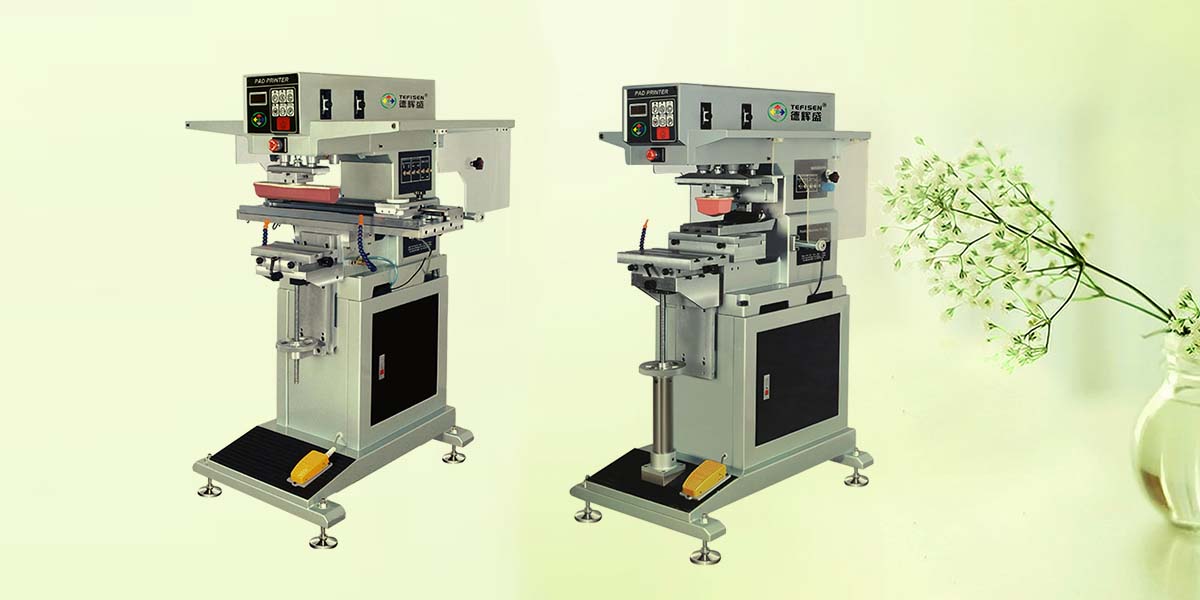Pad Printing Machine Repairing: Ensuring Efficiency and Precision
Pad printing machines are essential equipment in various production sectors. However, like any machinery, they can experience malfunctions and issues, which require timely repairs. This article explores the importance of repairing pad printing machines, common types of failures, preparatory steps before repair, specific repair procedures, and post-repair testing and maintenance. The goal is to provide a thorough and insightful guide on maintaining these crucial machines.

I. Why Pad Printing Machine Repairing Matters
Maintaining the smooth operation of pad printing machines is crucial for production efficiency. Malfunctions can disrupt production schedules, causing delays and financial losses. Timely repairs help restore operations quickly, minimize downtime, and improve overall productivity.
When a pad printing machine malfunctions, it significantly disrupts production schedules, potentially leading to order delays and financial losses for enterprises. Timely repairs can rapidly restore production, minimize downtime, and enhance productivity.
Furthermore, maintaining pad printing machines is crucial for extending their service life. Regular repairing and repairs can promptly identify and address potential issues, preventing minor problems from escalating into major faults, thereby effectively prolonging the lifespan of the machines.
Additionally, the printing quality of pad printing machines directly affects the appearance and quality of products. Repairing ensures that all components of the machine are in optimal working condition, guaranteeing clear and accurate patterns, thereby enhancing product quality and market competitiveness.
II. Common Types of Failures
1. Ink Tray Issues: The ink tray may experience clogging or ink leakage, resulting in inadequate ink supply and compromised printing effects.
2. Squeegee Problems: The squeegee may wear out, deform, or be improperly installed, leading to incomplete ink scraping and unclear patterns.
3. Blurred or Unclear Patterns: This can stem from inappropriate pressure on the printing head, damaged rubber heads, or inaccurate positioning.
4. Mechanical Component Failures: Including worn bearings, damaged gears, broken transmission shafts, etc., which affect the normal operation of the pad printing machine.
5. Electrical Faults: Such as motor malfunctions, short circuits, or poor contact in wiring, causing the machine to fail to start or operate unstably.
III. Preparatory Work Before Repairing
Adequate preparation is essential before commencing pad printing machine repairing. Firstly, ensure the availability of necessary tools and equipment, like screwdrivers, spanners, multimeters, etc., to facilitate smooth repairing operations. Secondly, implement safety measures, including power cut-off and wearing protective gear, to safeguard the safety of repairing personnel.
Moreover, conduct a preliminary diagnosis of the fault by observing and testing to determine the approximate scope and cause of the issue, enabling targeted repairing. This enhances repairing efficiency and prevents unnecessary losses from blind operations.
IV. Specific Repairing Steps
1. Cleaning and Adjustment of Ink Tray: Clean residual ink and impurities from the ink tray, inspect its sealing and ensure the ink supply pipeline is unobstructed. If necessary, adjust the position and angle of the ink tray to ensure even ink supply.
2. Replacement and Calibration of Squeegee: Check the wear of the squeegee and promptly replace severely worn ones. Additionally, calibrate the squeegee by adjusting its pressure and angle to ensure optimal ink scraping.
3. Pattern Adjustment and Calibration: Examine the pressure on the printing head and the condition of the rubber head, making adjustments or replacements as needed. Inspect and adjust the positioning and calibration of patterns to ensure accuracy and clarity in printing.
4. Repair and Replacement of Mechanical Components: Address faulty mechanical components such as bearings and gears by repairing or replacing them. Ensure correct installation and secure tightening when replacing parts.
5. Inspection and Restoration of Electrical System: Check the wiring, plugs, switches, and other components of the electrical system, promptly repairing or replacing any issues found. Simultaneously, test and maintain electrical equipment like motors to ensure their proper functioning.
V. Post-Repairing Testing and Repairing
After completion of repairing, conduct test runs to verify the pad printing machine's restoration to normal operation. Examine the printing quality, the smooth operation of all components, and the absence of abnormal noises.
In daily use, strengthen the repairing of the pad printing machine. Regularly clean and lubricate the machine, inspect the tightness of components, and promptly identify and address potential issues. Additionally, use the machine reasonably, avoiding overload operation and improper handling.
Regular servicing is also vital. Follow the equipment manufacturer's guidelines to conduct comprehensive repairing and inspections periodically, replacing wear parts and maintaining and adjusting key components. This helps maintain the machine's optimal condition and prolongs its lifespan.
Furthermore, enhance operator training and management to improve their operational skills and safety awareness. Operators should be familiar with the machine's working principles and operating procedures, enabling correct usage and repairing, thereby reducing human-induced faults and damages.
VI. Conclusion
In summary, pad printing machine repairing is crucial for ensuring its normal operation and printing quality. Timely repairs and repairing enhance the machine's efficiency and lifespan, generating greater value for enterprises. Strengthening operator training and management is also essential for safe and efficient machine operation. We should prioritize pad printing machine repairing, continuously improving our repairing and management levels to solidify our support for enterprise development.
During actual repairing, complex situations may arise, requiring repair personnel with extensive experience and professional knowledge. As technology advances, pad printing machine technology continually updates, necessitating ongoing learning of new repair techniques and methods to meet evolving repairing needs.
For severe faults or intractable issues, consider seeking support from professional repairing service providers or manufacturers. They possess more specialized technology and equipment, enabling faster and more effective problem-solving to ensure the machine's smooth operation.
Moreover, prioritize environmental protection and safety during repairing. Properly dispose of waste and waste liquids generated during the process to avoid environmental pollution. Strictly adhere to safety operating procedures to ensure the personal safety of repairing personnel.
As a critical printing equipment, pad printing machine repairing cannot be overlooked. We must approach it with a responsible attitude, continuously enhancing repairing quality and efficiency to safeguard enterprise development. Through our collective efforts, pad printing machines will maintain optimal working conditions, bringing more convenience and beauty to our production and lives.

